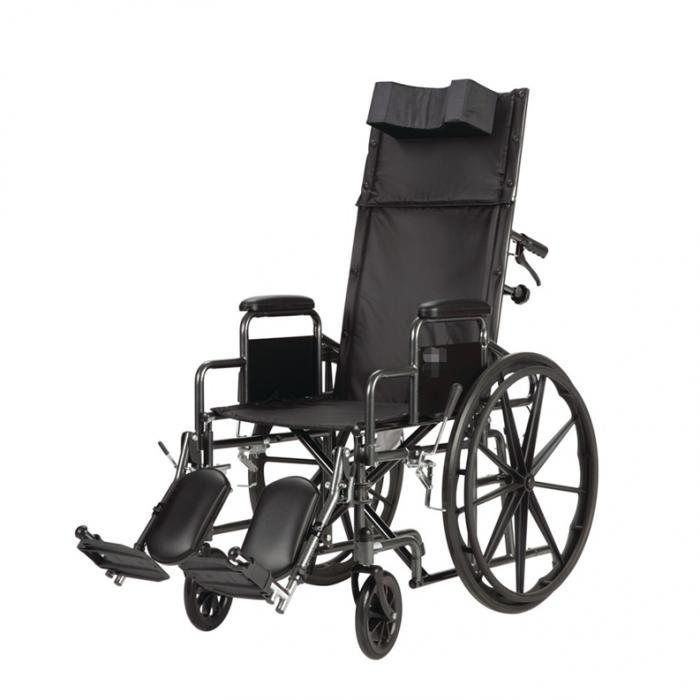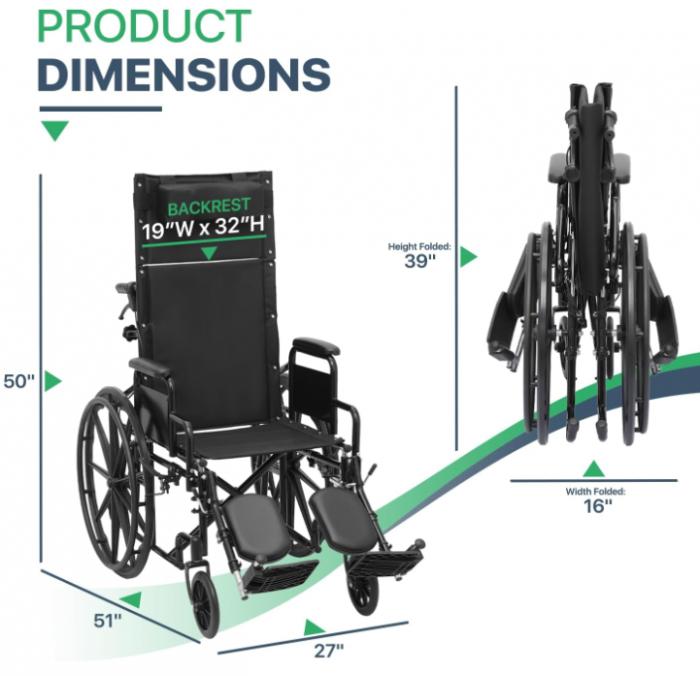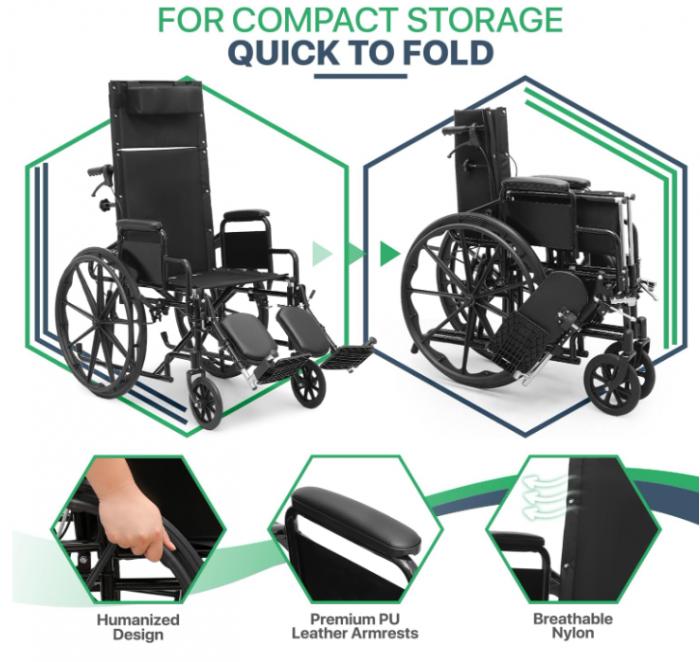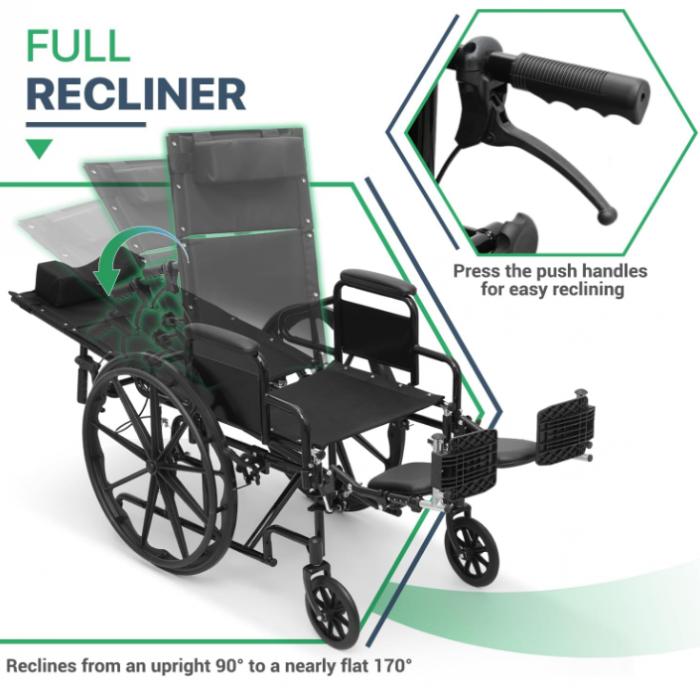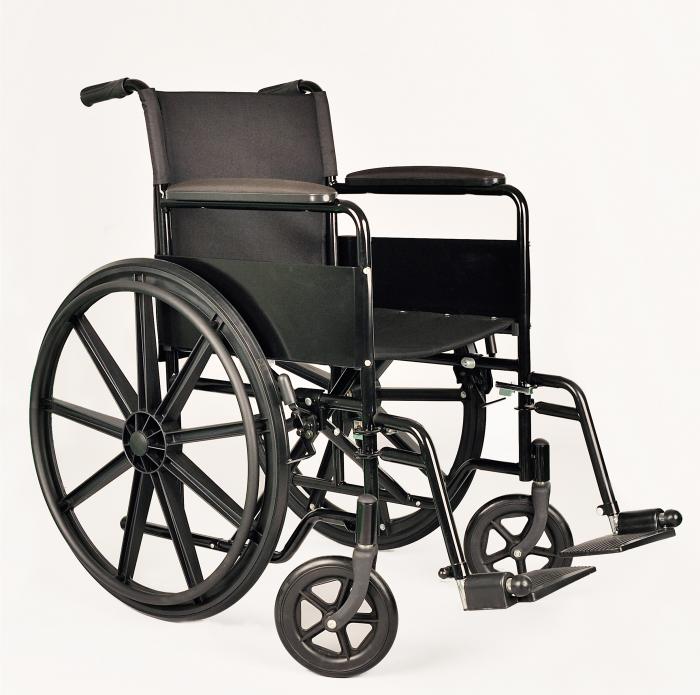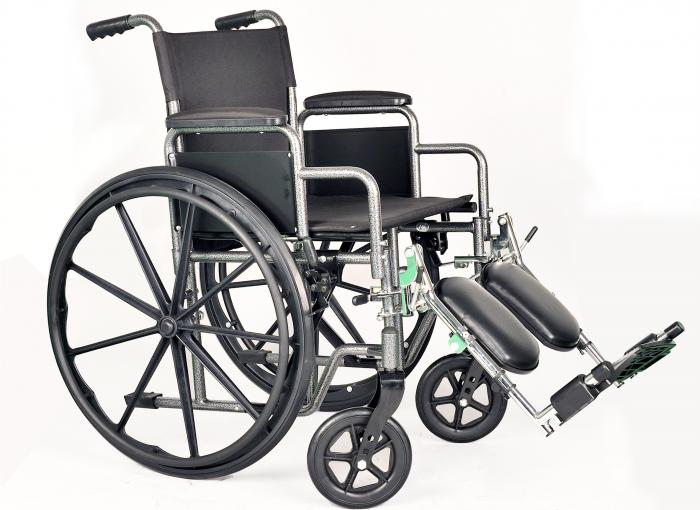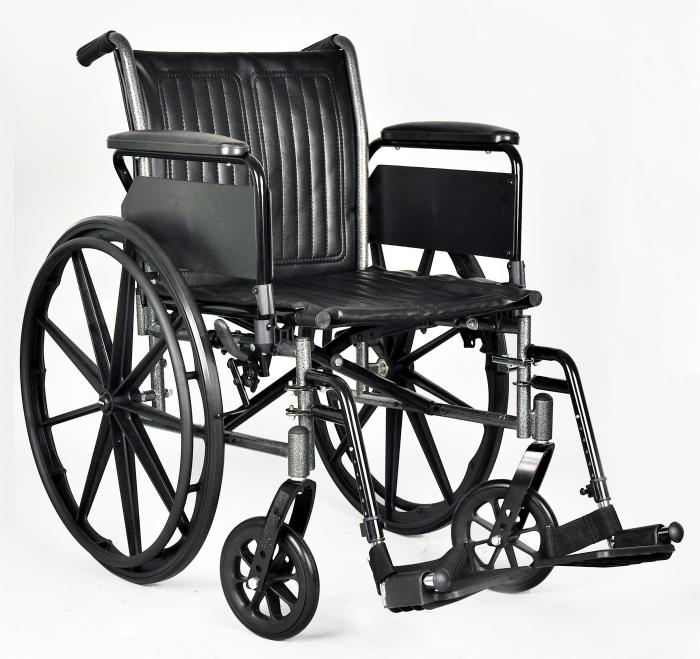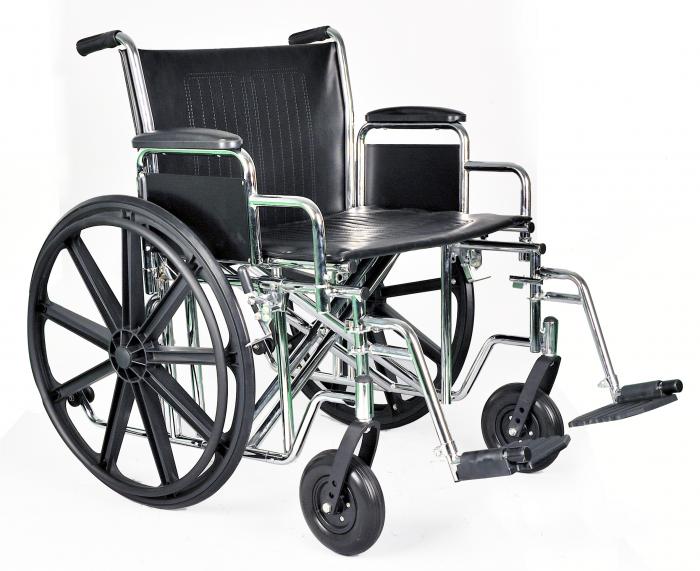| Name: | Reclining Wheelchairs |
|---|---|
| Model No.: | BES-WL037 |
| Product Name: | Reclining wheelchairs |
| Brand: | BESCO |
| MOQ: | 50 units |
| Price: | US125 |
| Sample: | Available |
| Lead time: | 25 DAYS |
| Keywords: | Reclining wheelchairs,Recliner Wheelchairs,Reclining Wheelchairs for Sale,Reclining Manual Wheelchairs |
| Country of Original: | China |
| Weight Capacity: | 150 kgs |
| Payment Term: | T/T in advance |
| Frame Material: | Steel |
| Office: | Zhengzhou,China |
Products Description
Color:Black
Item Weight:59.5 Pounds
Style:Modern
Product Dimensions:38"D x 27"W x 50"H
reclining wheelchair Features:
Heavy-Duty Construction: This wheelchair is designed to support up to 300 lbs, making it a robust option for adults requiring durable mobility assistance, ensuring safety and reliability
Reclining Seat: The 18.5-inch reclining seat offers adjustable back support, allowing users to find a comfortable position, which can be beneficial for relaxation and pressure relief during extended use
Foldable Design: Its foldable feature makes this wheelchair easy to transport and store, perfect for those who travel frequently or need to save space at home
All-Terrain Capability: Equipped with all-terrain wheels, this wheelchair can navigate a variety of surfaces, from smooth pavement to rough trails, enhancing mobility and independence for users in different environments
Desk-Length Arms: The wheelchair features desk-length arms that allow for easy access to tables and desks, providing convenience for users when dining or working, while maintaining comfort during use
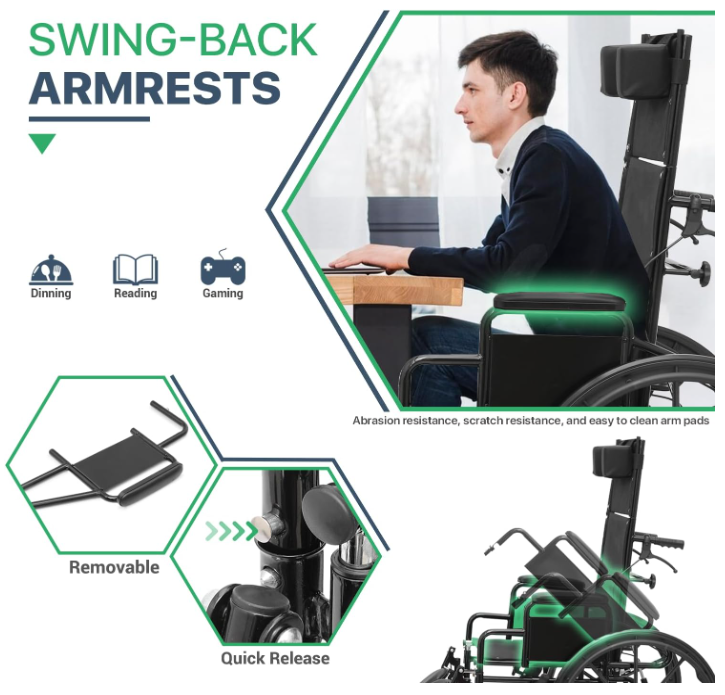
Reclining wheelchair is a type of mobility equipment that can provide improved versatility and convenience.
They offer greater comfort than standard wheelchairs, as the seat back can be adjusted to recline from 90-180 degrees
Reclining wheelchairs are specialized mobility devices designed to allow users to recline their upper body while seated. This feature provides comfort and support for individuals with specific medical needs.
Key Features:
Reclining Mechanism: Users can adjust the backrest angle, often using a lever or remote control.
Pressure Relief: Helps reduce pressure on the skin, which is beneficial for individuals at risk of pressure sores.
Postural Support: Assists users who require additional support for their head, neck, or back.
Customization: Many models offer adjustable footrests and headrests for personalized comfort.
Types:
Manual reclining wheelchairs: Require the user or an assistant to adjust the recline.
Power reclining wheelchairs: Feature electric controls for easy adjustment.
Considerations:
Weight Capacity: Check the wheelchair's weight limit to ensure safety and durability.
Portability: Some models are designed to be lightweight and foldable for easier transport.
Accessories: Options may include cushions, trays, and storage solutions for added convenience.
Reclining wheelchairs are particularly beneficial for individuals with limited mobility, spinal cord injuries, or conditions that require frequent position changes.
Besco Medical...............-- To use a reclining wheelchair, first engage both wheel locks for safety, then adjust the footrest to the proper height and support the patient's legs. Next, activate the recline mechanism using the levers, typically on both sides of the backrest, and allow the patient to lean back. To return to an upright position, the user or caregiver should pull the levers again and use body weight to raise the backrest, ensuring the occupant's body mass stays centered over the chair.
Before You Start
Secure the Wheelchair: Engage both wheel locks completely before starting to recline.
Ensure Proper Positioning: Make sure the patient's legs are supported by the leg rests and their body is positioned correctly for comfort and stability.
Adjusting the Leg Rests
Activate the Leg Rests: On the side of the chair, locate the lever or actuator.
Adjust the Height: Pull the lever to raise the leg rests to a comfortable height, supporting the patient's thighs and heels. The leg rests will lock automatically.
Return to Upright: To lower the leg rests, use the lever again, but it's crucial to support the patient's leg or remove it from the rest while lowering to prevent uncontrolled descent.
Reclining the Chair
Locate the Recline Levers: Find the release levers, typically on both sides of the backrest.
Initiate Recline: Depress both levers simultaneously.
Lean Back Gently: Slowly lean back, using body weight, to move the chair into the desired reclined position. The chair has infinite positions, so you can stop at any comfortable point.
Stop in Position: Release the levers to secure the backrest at the chosen angle.
Returning to an Upright Position
Engage Levers Again: Press both recline levers.
Raise the Backrest: Use body weight to lift the backrest from its reclined position to a more upright angle.
Secure Upright Position: Release the levers once the desired position is reached.
Important Considerations
Safety: Anti-tippers, if present, should be engaged for added safety during recline.
Body Mechanics: Keep the occupant's body mass centered over the chair's footprint to maintain stability.
Skin Care: For chairs with a basic reclining mechanism, monitor the patient for sliding and potential skin shearing. If this is a significant concern, consider a tilt-in-space wheelchair instead.
Model Variations: Always refer to the specific model's instructions, as mechanisms and features can vary between manufacturers.
